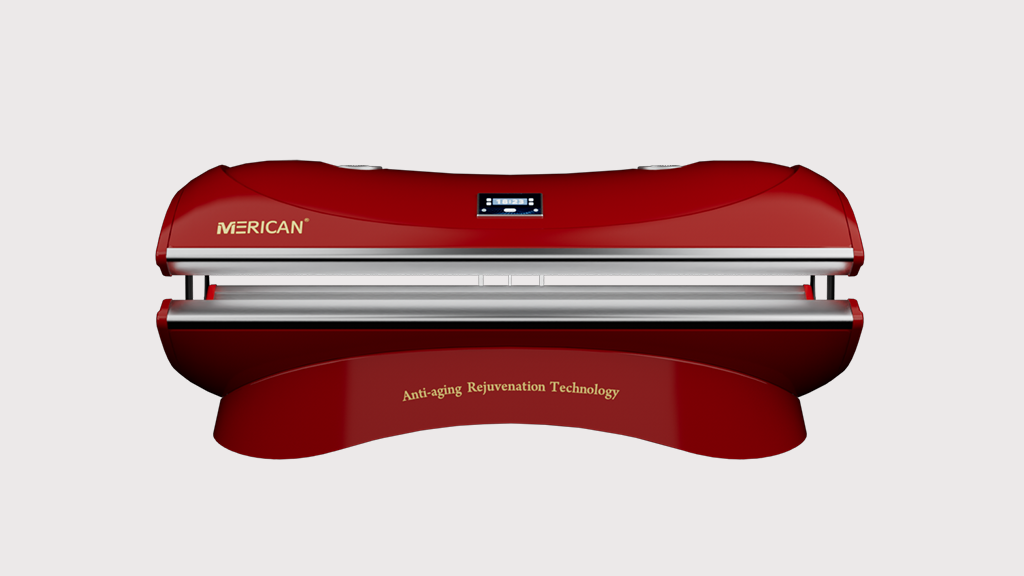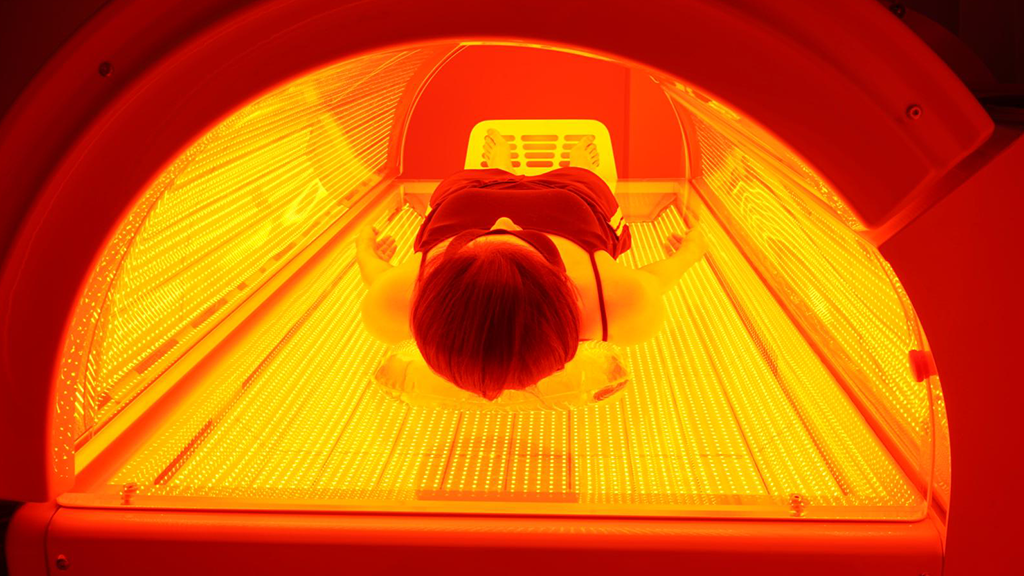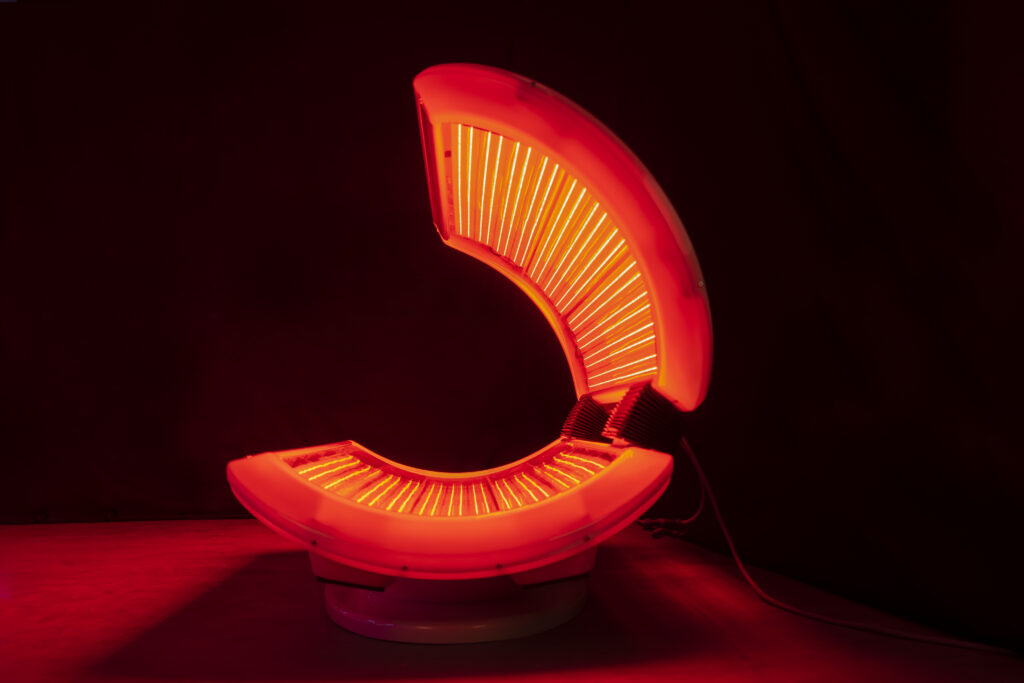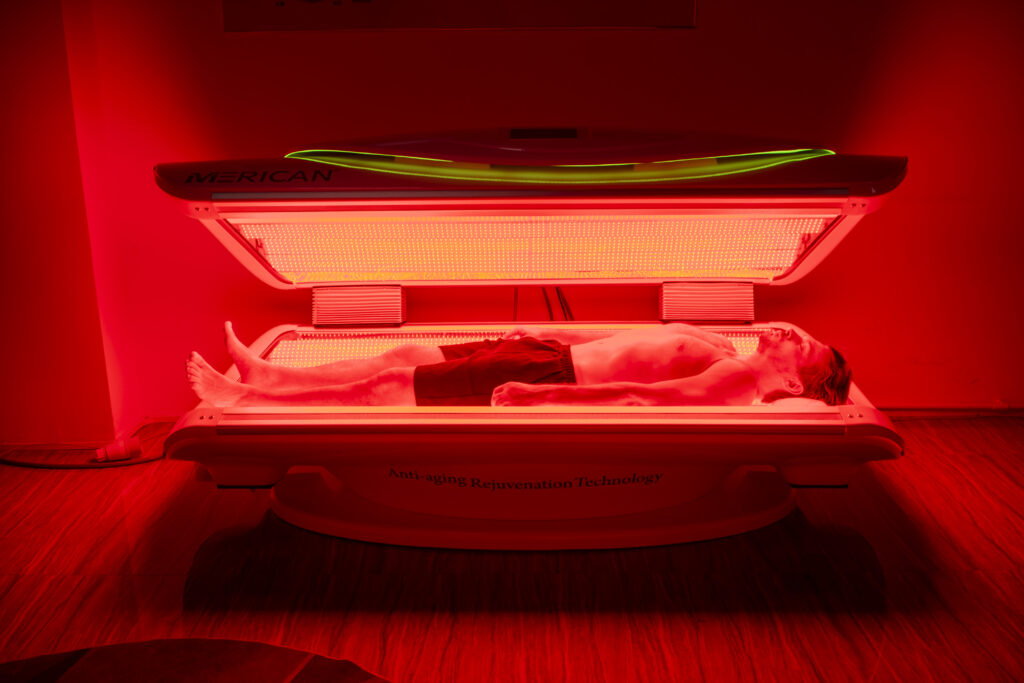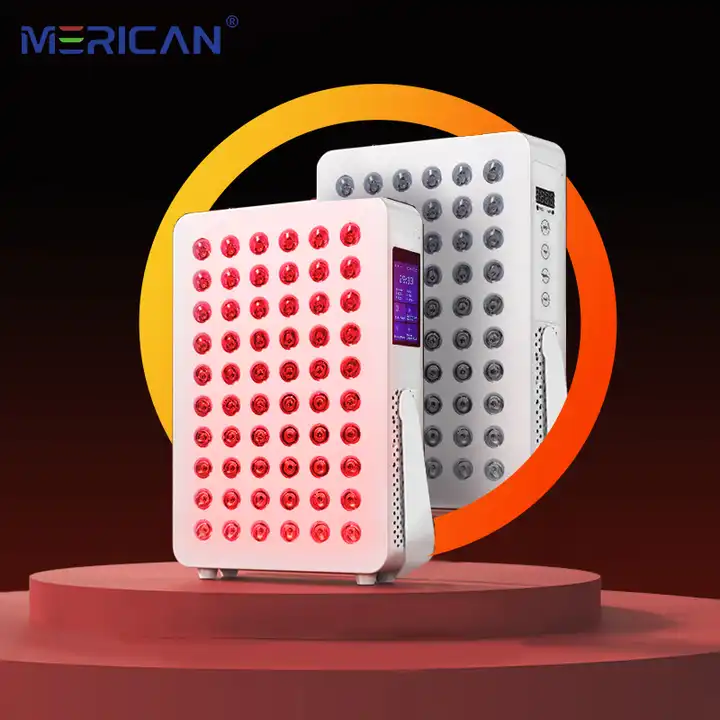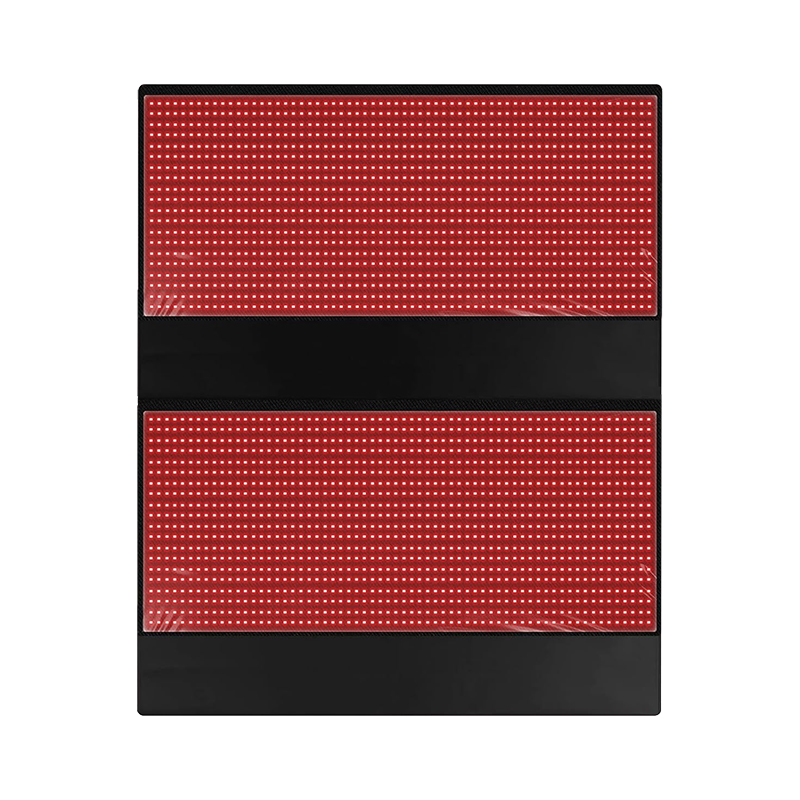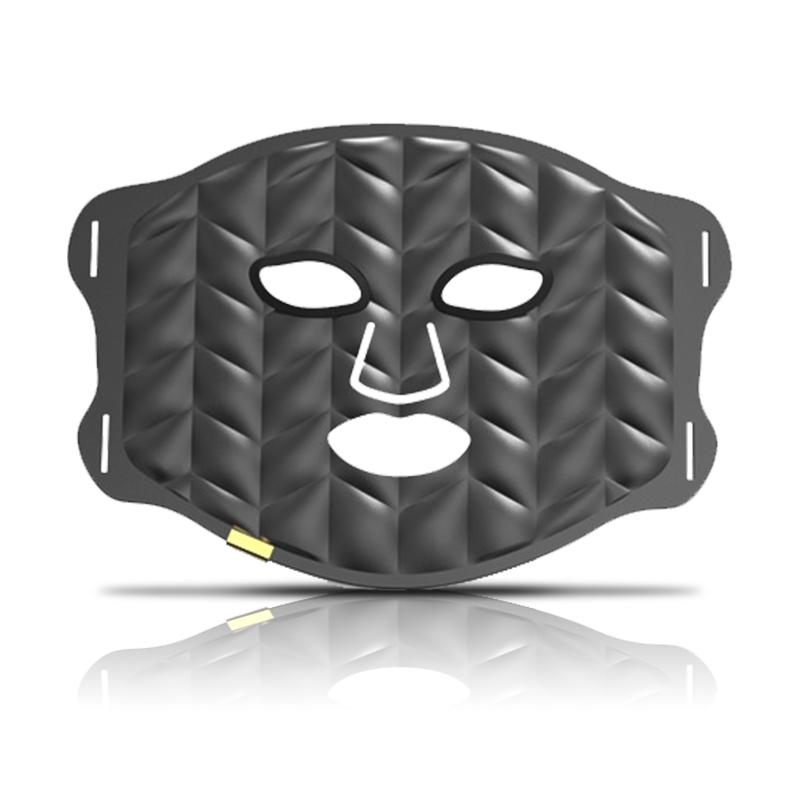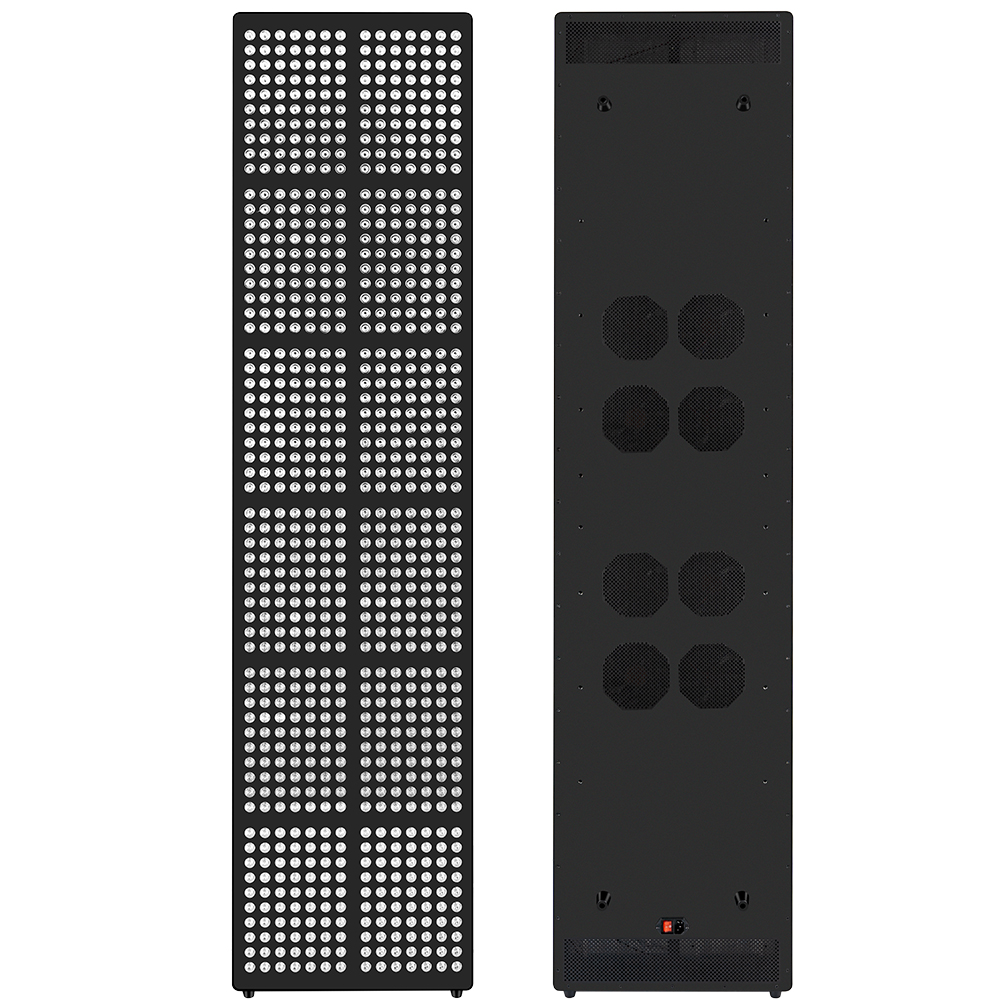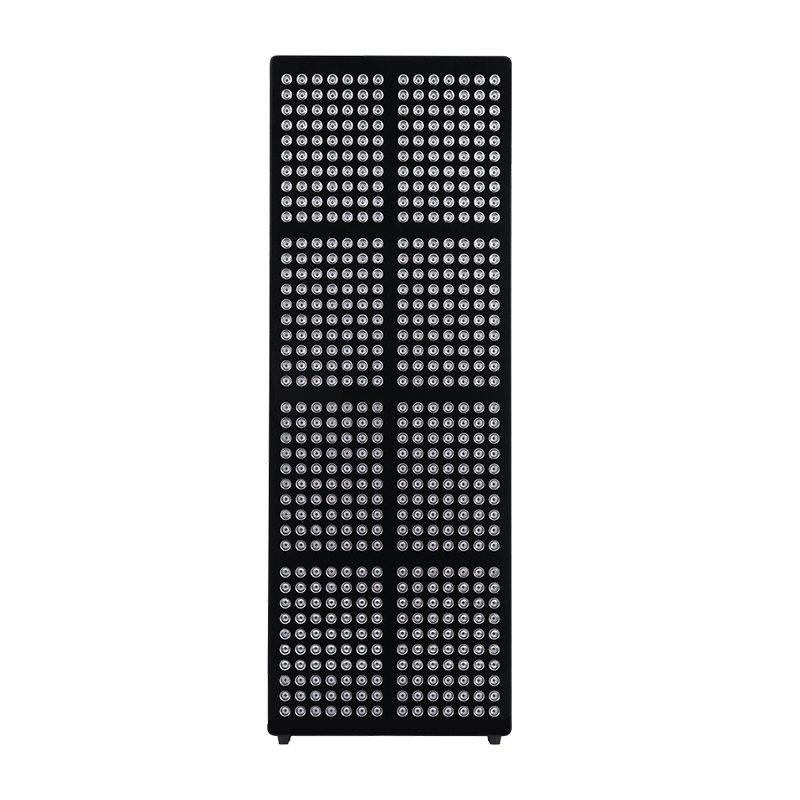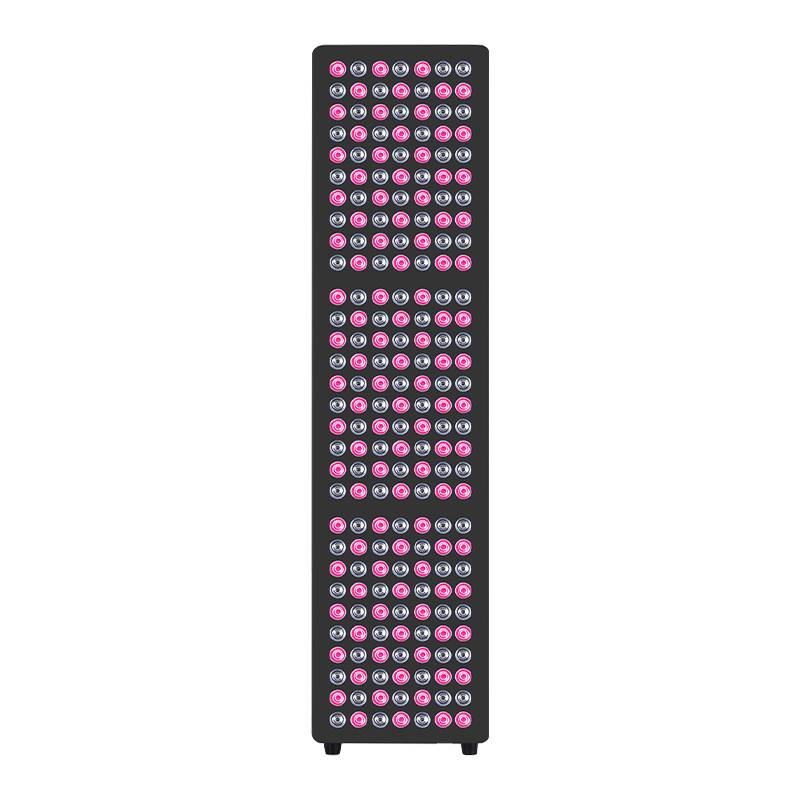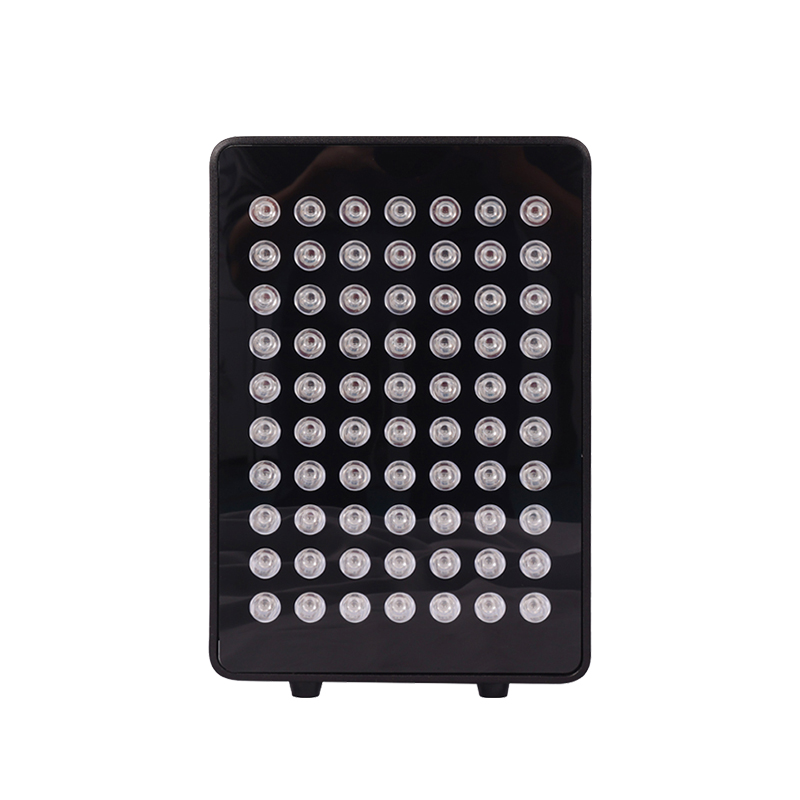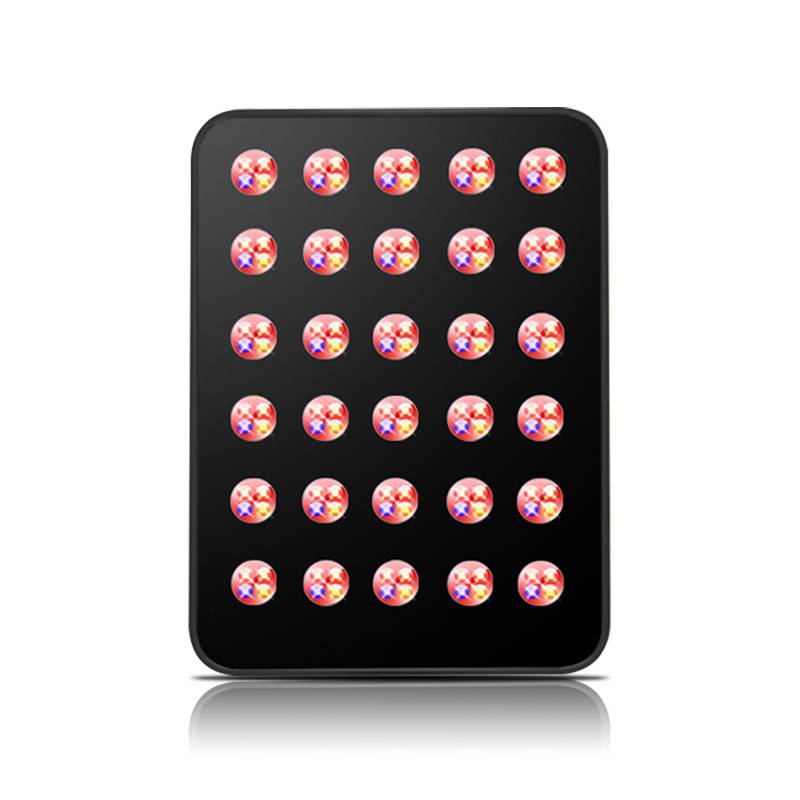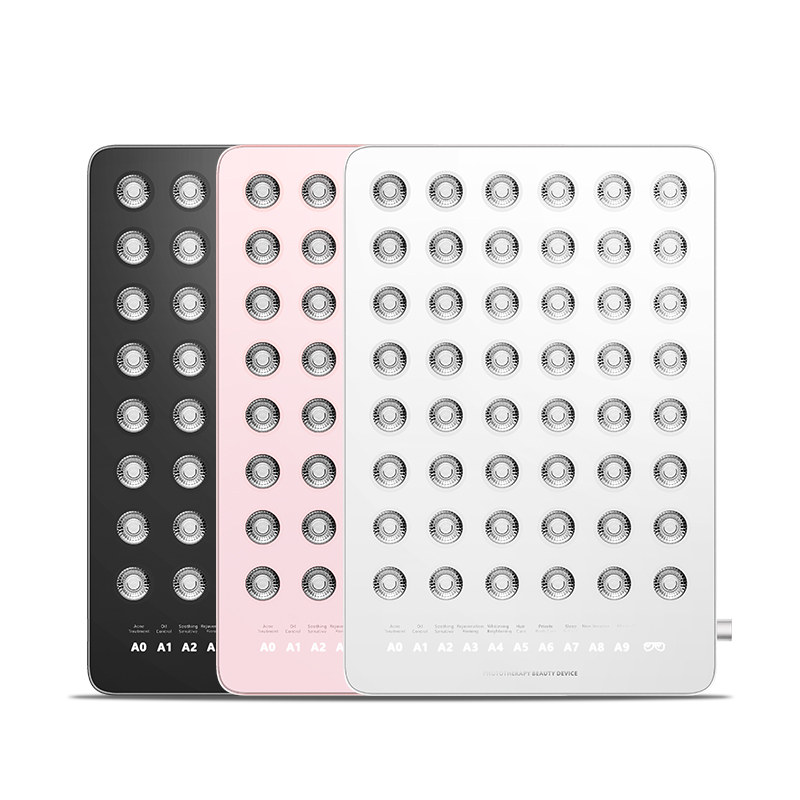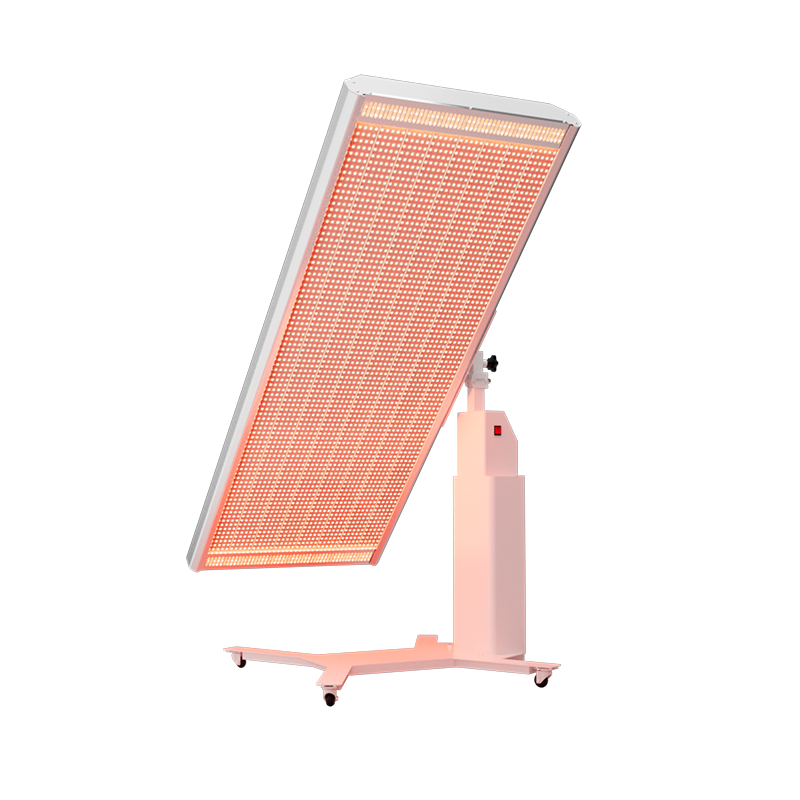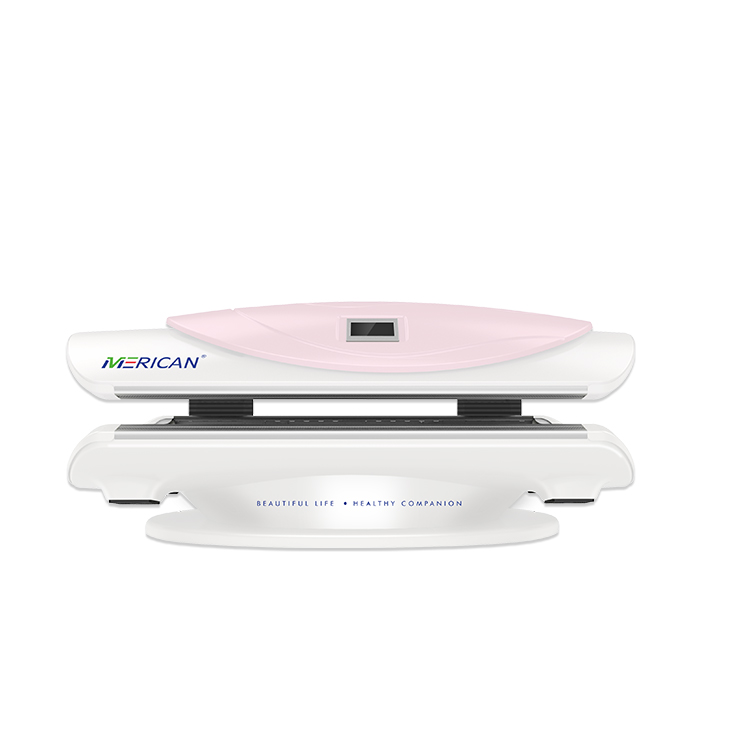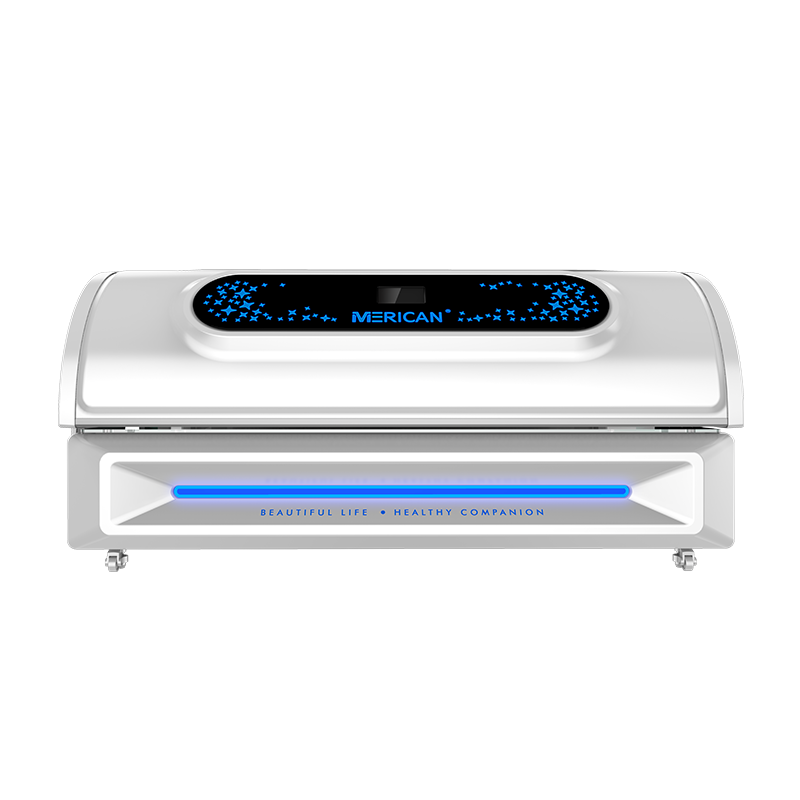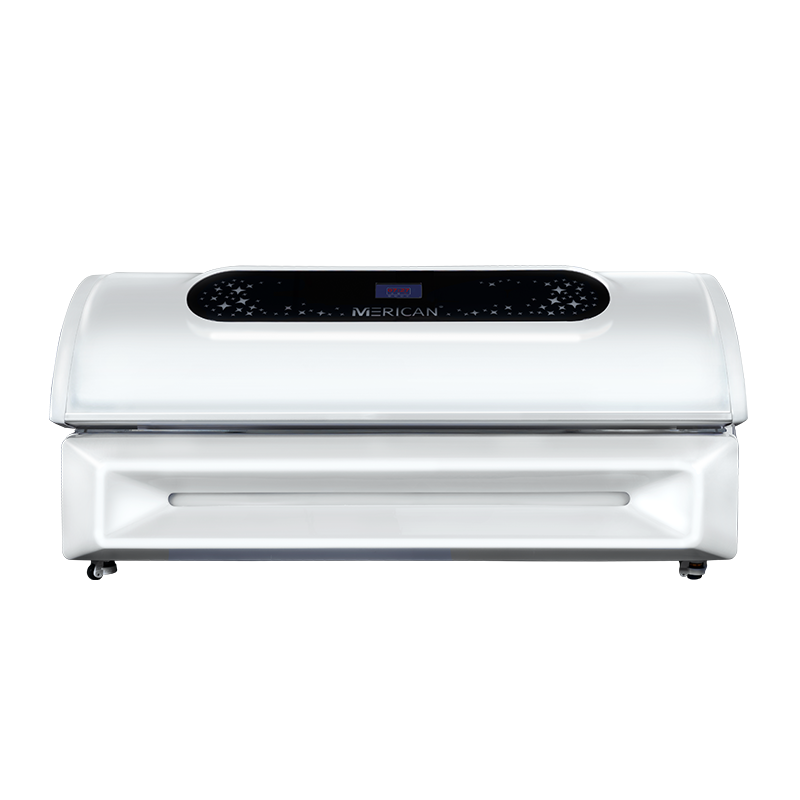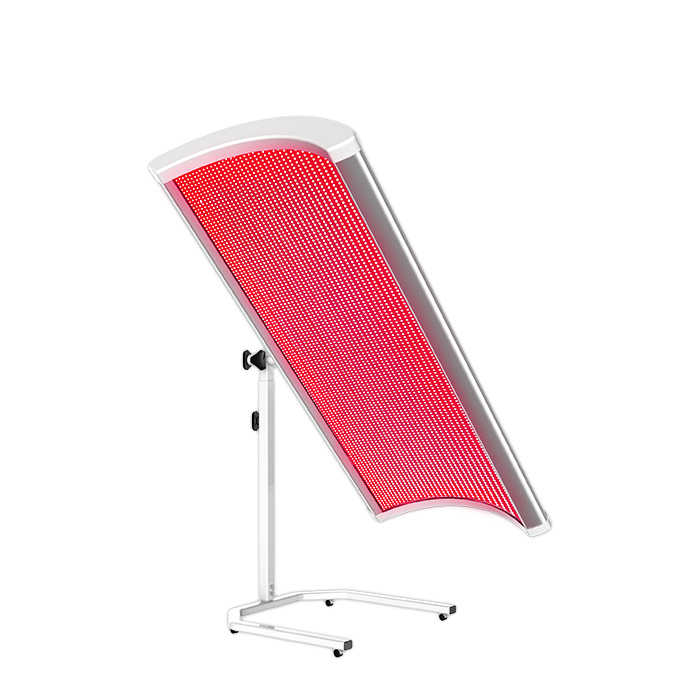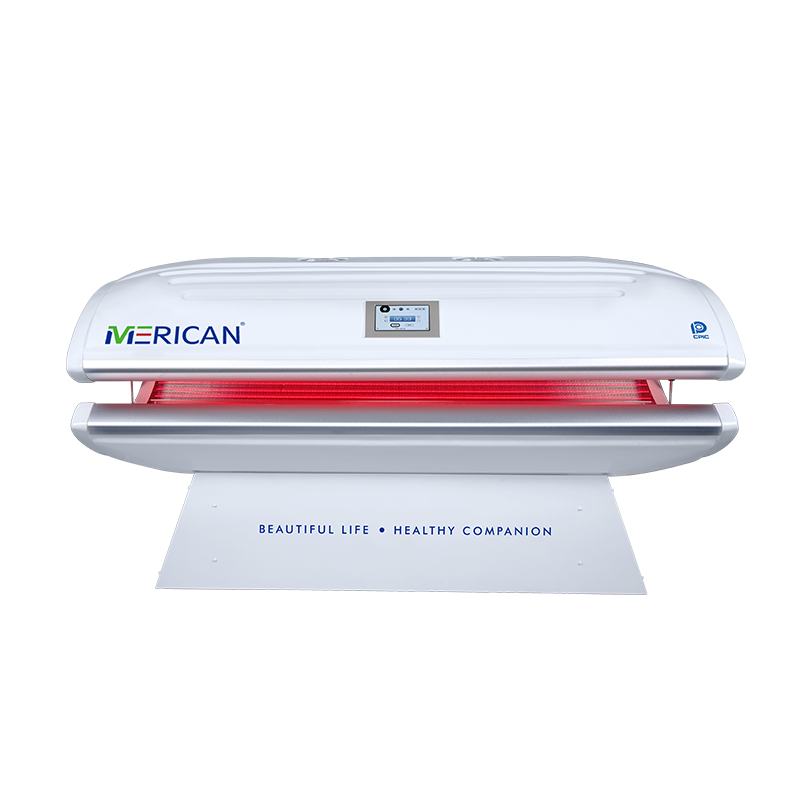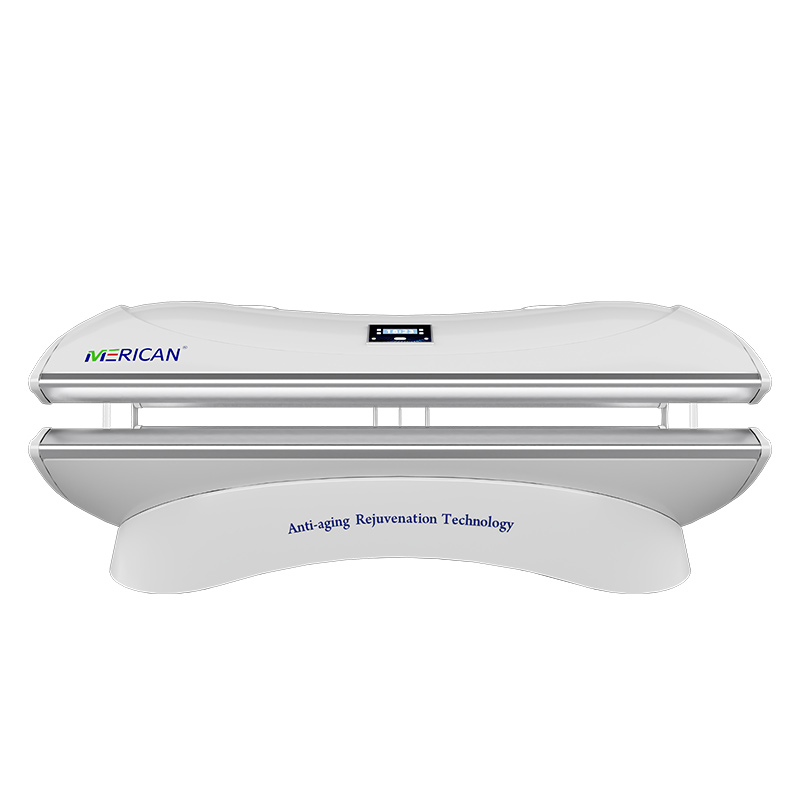With the rising popularity of red light therapy (RLT) para el rejuvenecimiento de la piel, alivio del dolor, and wellness, some DIY enthusiasts wonder: Can I make my own red light therapy panel at home? The short answer is: Sí, it’s possible, but it comes with important challenges and risks. This guide explores what’s involved in building a DIY red light therapy panel, and whether it’s truly worth it.
1. Understanding Red Light Therapy Basics
Red light therapy works by using specific wavelengths of red (típicamente 630–660 nm) e infrarrojo cercano (typically 810–850nm) light to stimulate cellular function. These wavelengths must be delivered at the right power level (irradiancia) to be effective and safe.
A successful red light panel must meet three technical requirements:
Correct wavelength range
Sufficient power output
Consistent light coverage
2. What You Need to Build One
If you’re technically inclined, here’s what you’ll need:
Basic Components:
Red and near-infrared LEDs (with verified wavelengths)
LED driver/power supply
Sistema de refrigeración (fans or heat sinks)
Aluminum panel or frame
Protective cover or diffuser
Wiring, soldering tools, and safety gear
Important Considerations:
irradiancia (power density): If the light is too weak, it won’t be effective. Too strong, and it could be harmful.
Electrical safety: Poor wiring can lead to overheating or fire hazards.
Wavelength accuracy: Many cheap LEDs don’t match their labeled specs.
Even light distribution: Uneven output may lead to inconsistent treatment results.
3. Pros of a DIY Panel
Cost-saving: Can be cheaper than buying a commercial panel (if you already have tools).
Custom design: You can adjust size, fuerza, and wavelength combinations to your preference.
Learning experience: Great project for electronics hobbyists.
4. Cons and Risks
Safety risks: Poor wiring or cooling can cause overheating or injury.
Lower effectiveness: DIY panels may lack the intensity or accuracy of professional devices.
No warranties or certifications: Commercial panels are tested for safety and performance.
Pérdida de tiempo: Designing and assembling a panel takes time and technical knowledge.
5. Is It Worth It?
If you’re experienced with electronics and enjoy DIY projects, building your own red light therapy panel can be a fun and educational challenge. Sin embargo, for most users—especially those who want reliable, seguro, and effective therapy—the best choice is still a high-quality commercial panel.
Brands like MERICAN, Mito Red, and PlatinumLED offer clinical-grade devices that are tested for performance, seguridad, and long-term durability.
Conclusión
Sí, it’s possible to build your own red light therapy panel—but it requires a solid understanding of electronics, light physics, and safety. If you’re simply looking for a reliable therapy tool with proven results, purchasing a certified panel from a trusted brand is likely a better and safer investment.

